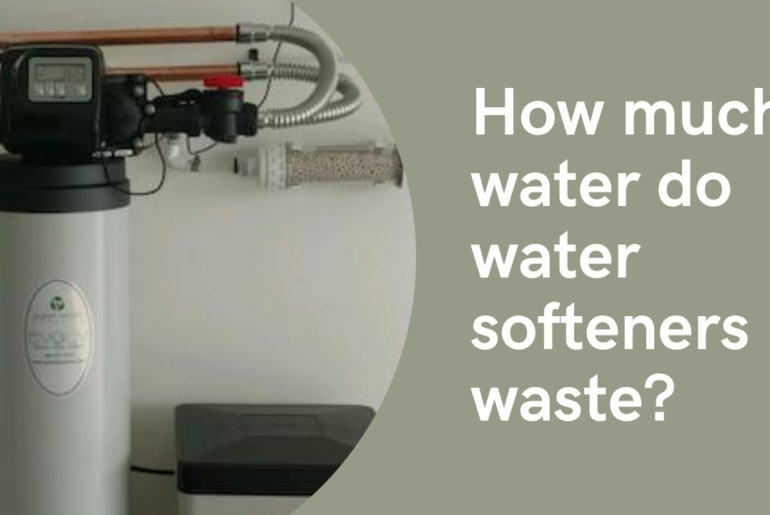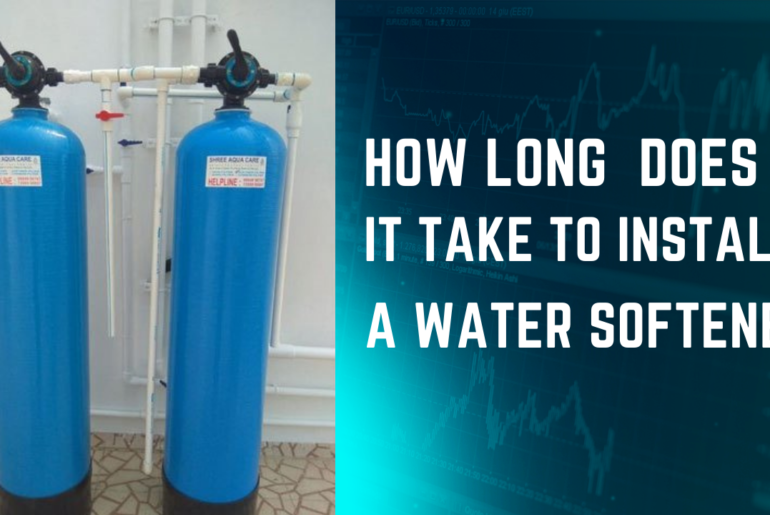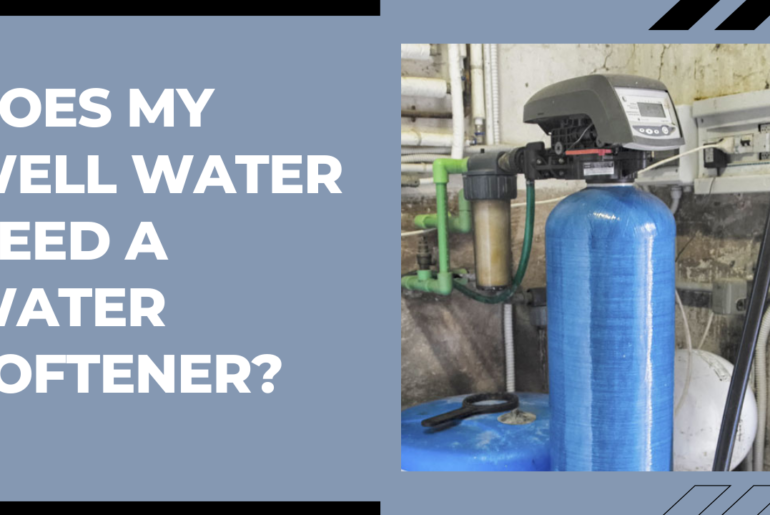A water softener is a relatively simple appliance, but has its own set of factors as to where it should be installed. The unit needs to be on a flat, level surface, with easy accessibility to refill salt, and located near where your water enters your home. Ideally this would be in a heated basement, storage room, or garage.
But, for homes without basements, sometimes finding that ideal location for your water softener that meets the requirements isn’t always possible. So, what are your other options?
You may be pondering whether or not it’s okay to install your water softener outside. While this isn’t the ideal situation, there are a few things you can do to make sure that installing your unit outside doesn’t put it at risk.
Things To Keep In Mind When Installing Your Water Softener Outside
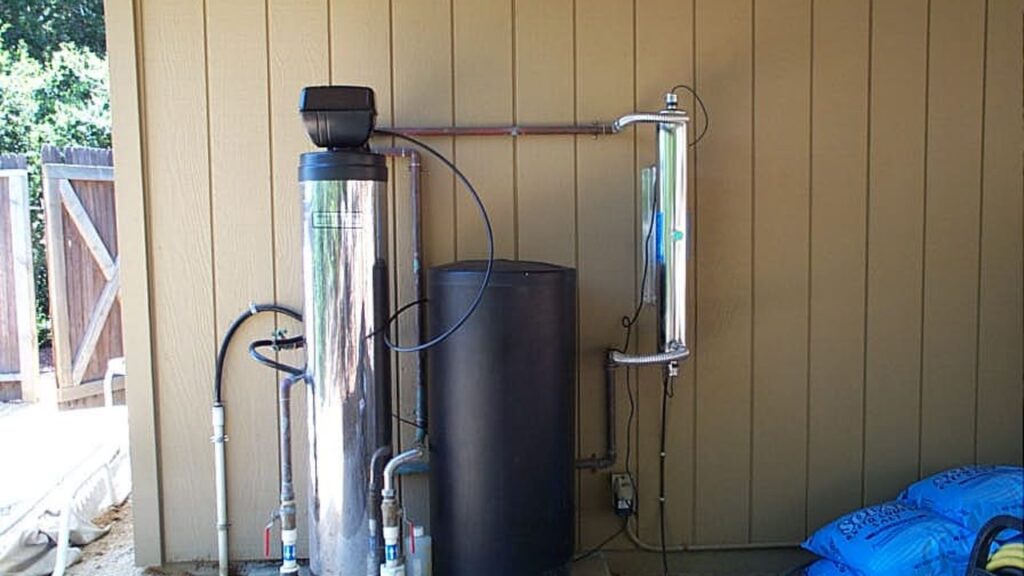
Below are the five factors that you need to take care of if you want u want to install a water softener outside of your house:
Temperature
This heavily depends on the general geolocation of your residence. The resin tank of a water softener cannot withstand sub-zero temperatures very well. In most commercially available water softeners, this tank is made of fiberglass.
Fiberglass is a material that does not provide good enough insulation against freezing or even cold temperatures. For this reason, if the temperature goes below the freezing point of water, or if you encounter a hailstorm, coldwave, or freezing rain, the fiberglass will freeze and crack.
A cracked fiberglass shell will lead to resin beads floating around the tank and going through the plumbing of your house. This is indisputably an awful thing and can even cause further damage to the entire plumbing system.
Insulate the pipes:
Another thing to keep in mind if you live in a colder climate is that you’ll need to insulate the pipes leading to and from your water softener, to prevent them from freezing.
Consider how you’ll refill salt:
One of the most important things to consider when installing your water softener outside is how you’ll actually be able to refill the salt. If you have an accessible outdoor faucet, this may not be an issue. But if not, you’ll need to find another way to get water to your unit to refill it – without having to bring buckets of water through your home. One option is to install a small, outdoor pump that can be used to fill your softener with water.
Keep it away from direct sunlight:
While you do want your water softener to be in a location where it won’t be too cold or too hot, you also don’t want it to be in direct sunlight. If the unit is constantly exposed to direct sunlight, this can cause the resin beads inside to break down over time. Eventually, this will lead to the water softener not being able to work properly.
Consider how you’ll protect it from the elements:
If you do decide to install your water softener outside, you need to make sure that it is protected from the elements. This means finding a way to keep it dry, as well as shielded from wind, snow, and ice. One option is to build a small enclosure around the unit. Another option is to purchase a special cover designed for outdoor water softeners.
Installing your water softener outside may not be ideal, but if it’s the only option you have, there are ways to make it work. Just be sure to keep the above factors in mind to ensure that your unit is protected from the elements and can continue to operate properly.
While there are a few things you need to take into consideration, it is possible to install your water softener outside. Just be sure to keep the above factors in mind and your unit will be protected from the elements.
Easy Access to an Outdoor Faucet
One of the most important things to consider when installing your water softener outside is how you’ll actually be able to refill the salt. If you have an accessible outdoor faucet, this may not be an issue. But if not, you’ll need to find another way to get water to your unit to refill it – without having to bring buckets of water through your home. One option is to install a small, outdoor pump that can be used to fill your softener with water.
Being Near The Main Entry Point Of Water Into Your House
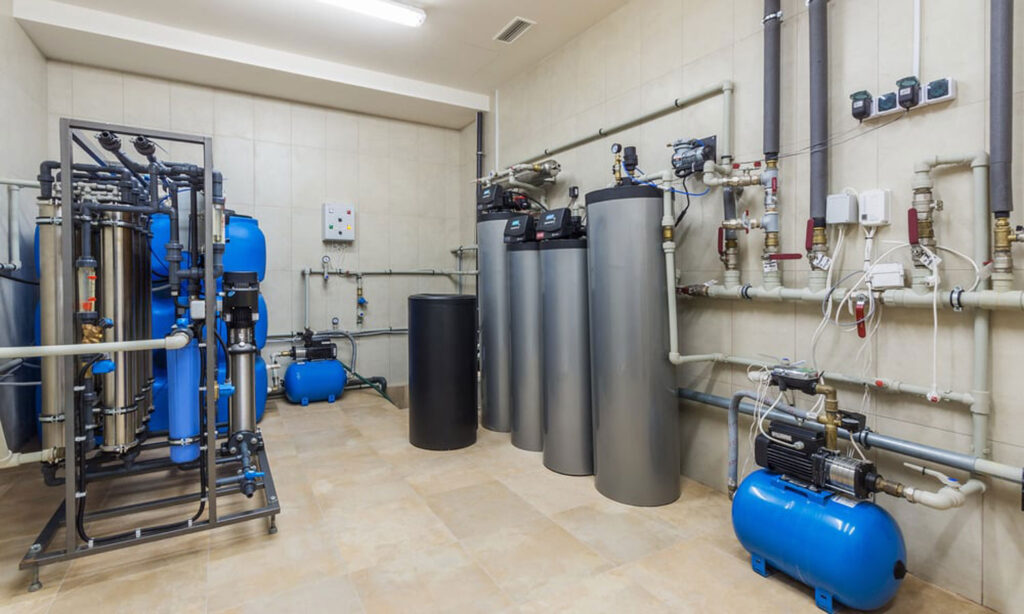
If you live in a colder climate, another thing to keep in mind is that you’ll need to insulate the pipes leading to and from your water softener, to prevent them from freezing. One way to do this is to install the unit near the main entry point of water into your house. This way, the pipes will already be insulated and you won’t have to worry about them freezing.
Access To Power Source
Another thing to consider when installing your water softener outside is how you’ll actually be able to power the unit. If you have an accessible outdoor outlet, this may not be an issue. But if not, you’ll need to find another way to get power to your unit – without having to bring extension cords through your home. One option is to install a small, outdoor generator that can be used to power your water softener. Another option is to use solar panels.
Conclusion:
There are a few things you need to take into consideration when installing your water softener outside, but it is possible to do if you keep these factors in mind. By having easy access to an outdoor faucet, being near the main entry point of water into your house, and having access to a power source, you can successfully install your water softener outside.
Frequently Asked Questions
Can I install a water softener on my own?
While it is possible to install your water softener on your own, it is always best to consult with a professional to ensure that the unit is installed properly.
What are the benefits of having a water softener?
Some of the benefits of having a water softener include reducing soap scum buildup, extending the life of appliances, and reducing energy costs.
How often do I need to refill my water softener?
The frequency with which you need to refill your water softener will depend on the size of the unit and the hardness of your water. However, most units need to be refilled every 2-3 months.
Can a water softener be installed anywhere?
No, a water softener cannot be installed just anywhere. There are a few things to take into consideration, such as having easy access to an outdoor faucet, being near the main entry point of water into your house, and having access to a power source.
How do I protect my outside water softener?
If you are installing your water softener outside, there are a few things you can do to protect the unit from the elements. One option is to install a cover over the unit. Another option is to place the unit on a raised platform.
https://openlebanon.org/
https://keiko-aso.com/
https://bangkokrecorder.com/
https://sba99.capital/
https://sport-avenir.com/
https://143.198.197.33/
https://sba99.stream/
https://msurmasson.com/
https://blackdevildiscoclub.com/
https://avril-paradise.com/
https://ftp.jeffops.com/
https://supermicro.my.id/
https://adfit.biz.id/
https://edeneditori.com/
https://elpecadocraftedfood.com/
https://mbo99amp.com/
https://zencreators.id/
https://www.nadyafurnari.com/
https://www.happypaws-pet.com/
https://aelyanews.net/
https://wildrideministries.net/
https://www.templatesdoctor.com/
https://ajedrezbali.com/
https://goldentriangletouronline.com/
https://bataminenglish.id/
https://batamshop.id/
https://malukufc.id/
https://vimaxaslibali.id/
https://infokmoe.id/
https://johnkapelos.com/
https://pinkwishfashion.com/
https://pentileblog.com/
https://x-media-project.org/
https://anti-aging-plan.com/
https://friv10000000.com/
https://zonezeed.com/
Please note: CharlieTrotters.com is reader supported. This page may contain affiliate links. If you buy a product or service through such a link we earn a commission at no additional cost to you.

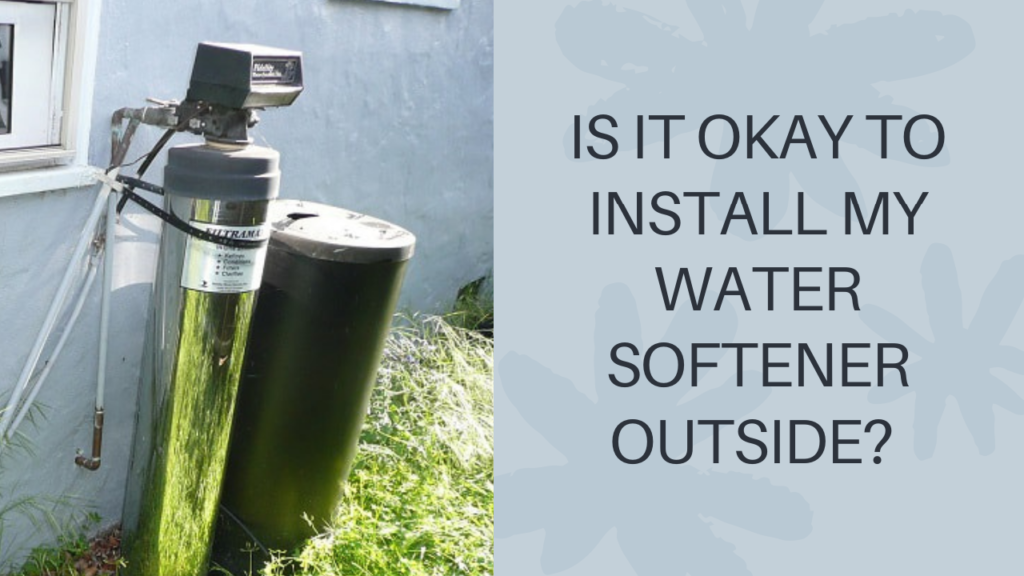
![10 Best Water Softener Resin [2022] | Top Picks Reviewed Best Water Softener Resin [2020]](https://www.charlietrotters.com/wp-content/uploads/2020/09/best-water-softener-resin.jpg)
![10 Best Water Softeners Reviews [2022] – Top Picks & Buyer’s Guide best-water-softeners](https://www.charlietrotters.com/wp-content/uploads/2019/09/best-water-softeners.jpg)
![Best Good Housekeeping Water Softener Reviews [Top 3 in 2022] Best Good Housekeeping Water Softener Reviews](https://www.charlietrotters.com/wp-content/uploads/2022/02/Purple-Orange-Gadget-Review-2022-Youtube-Thumbnail-1-770x515.png)
